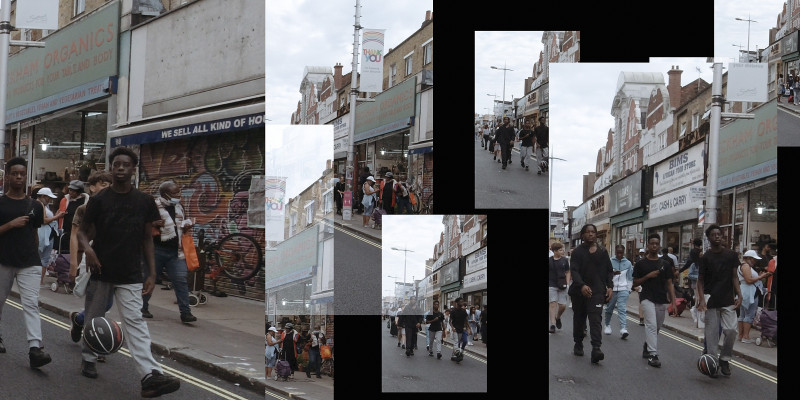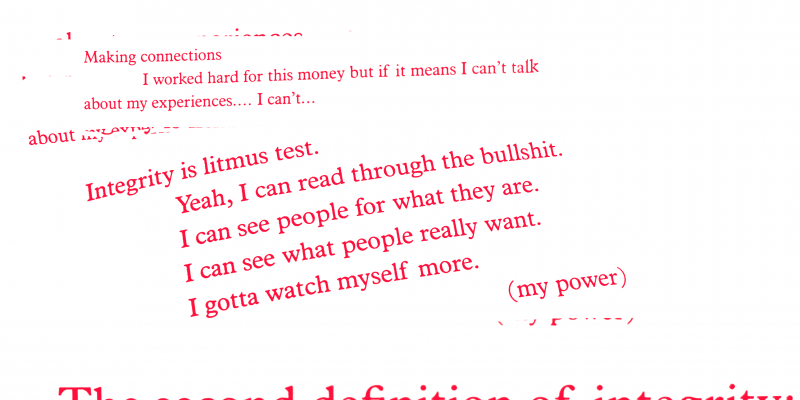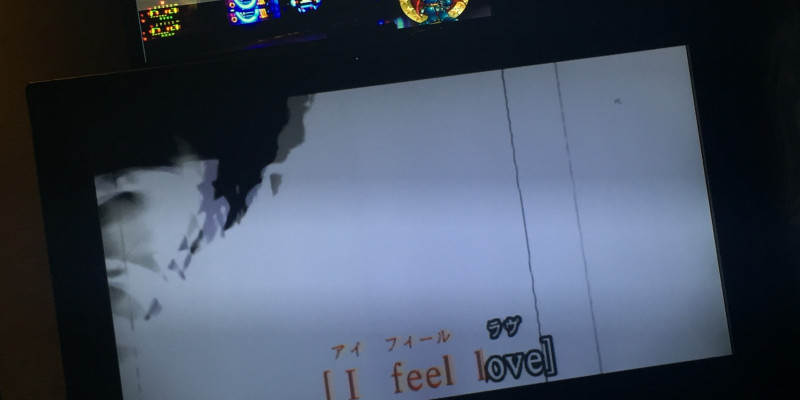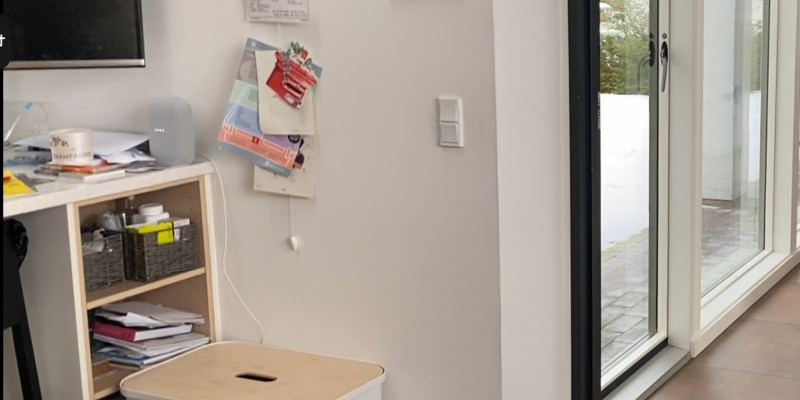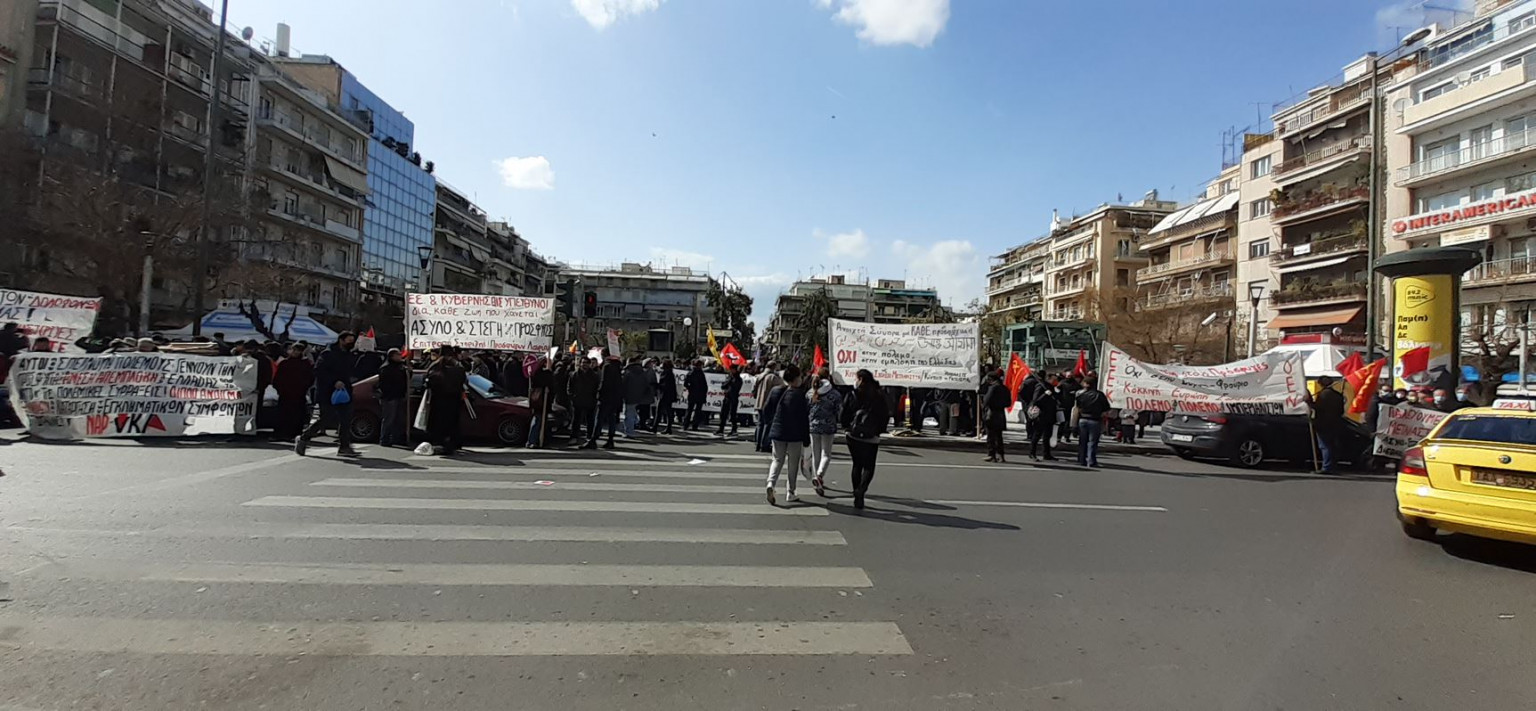
The Limitations of Sonic Offer
Abstract
The sound of the slogans at the demonstrations touches the body, it is impossible to hide from. The vulnerability revealed through this touch creates immediate affective responses pointing at the limitations of sonic support and solidarization. Despite the trouble of misunderstanding that often comes with sonic action as these limitations become tangible, thinking through sonic clashes also opens possibilities for a better understanding of sonic action.
The audio paper includes recordings from the events in solidarity with migrants and refugees from 2020 to 2022 in Athens, along with the autoethnographic sonic material about a demonstration against the russian invasion into Ukraine. The autoethnographic audio message was not meant for public ear and documents the backstage of institutional knowledge production. This study emphasises the necessity of thinking about the limitations of sonic solidarity as a part of the political agency of sound. It theorises sonic conflict and misunderstanding, questioning solidarization through sound by paying attention to the discrepancies of language and affect.
Notes:
- Quashie (2012, 72) has a valuable thought about quiet helping us “to understand the activism involved in being aware, in paying attention, in considering”. Quiet can serve to better our understanding of the affect of mourning that is not opposed to activism. They coexist in the second part of this paper.
- Sedgwick (2007, 632) inspired the idea of ‘partial understanding’ in this paper through her discussion of “the middle ranges of agency – the notion that you can be relatively empowered or disempowered without annihilating someone else or being annihilated”.
Thank you Selbi Durdiyeva, Marina Karpova, and Julia Tulke for technical and editorial support.
My fieldwork was supported by the funding provided by the Leibniz ScienceCampus Regensburg “Europe and America in the Modern World”.
